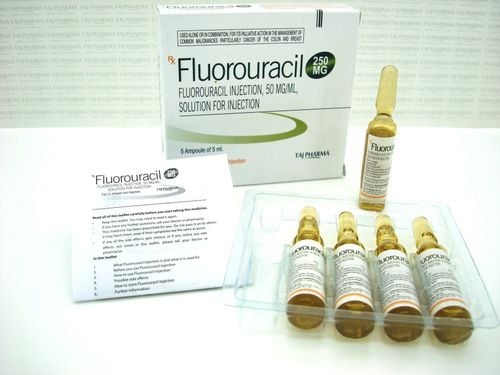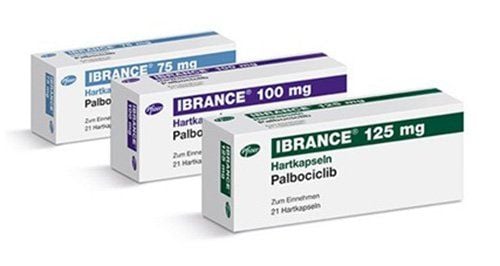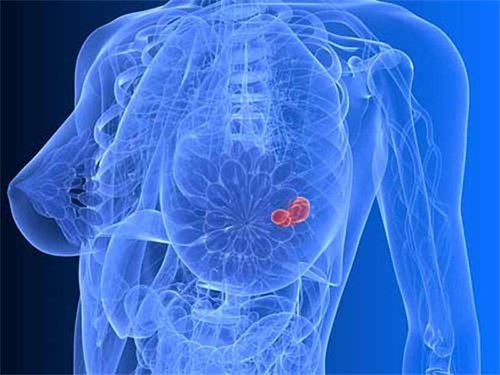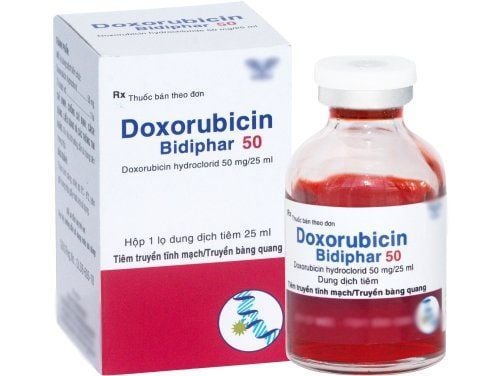This is an automatically translated article.
HER2-positive breast cancer has a higher likelihood of invasiveness and recurrence than other breast cancers. If the disease is diagnosed early, the treatment will be effective. So how long does treatment for HER2 breast cancer live?
1. HER2 .-positive breast cancer
Breast cancer is not a single disease. It is actually a group of diseases. When being diagnosed with breast cancer, one of the first steps is to determine the type of breast cancer you have. The type of breast cancer will provide key information about how the disease is treated in the next steps.
During a breast biopsy, the tissue is checked for hormone receptors (HR). The tissue was also tested for HER2 (epidermal growth receptor 2). Because this factor may be involved in the development of breast cancer.
In some pathological reports, HER2 is referred to as ERB2 (Erb-B2 receptor tyrosine kinase 2). These hormone receptors are identified as estrogen (ER) and progesterone (PR).
The HER2-generating gene makes the HER2 protein or receptors. These receptors help control the growth and repair of breast cells. Overexpression of the HER2 protein causes uncontrolled reproduction of breast cells.
HER2-positive breast cancers tend to be more aggressive than other types of breast cancer. Along with the tumor type and stage of the cancer, HR and HER2 status will help the specialist determine an effective treatment.
2. HER2-positive breast cancer survival rates
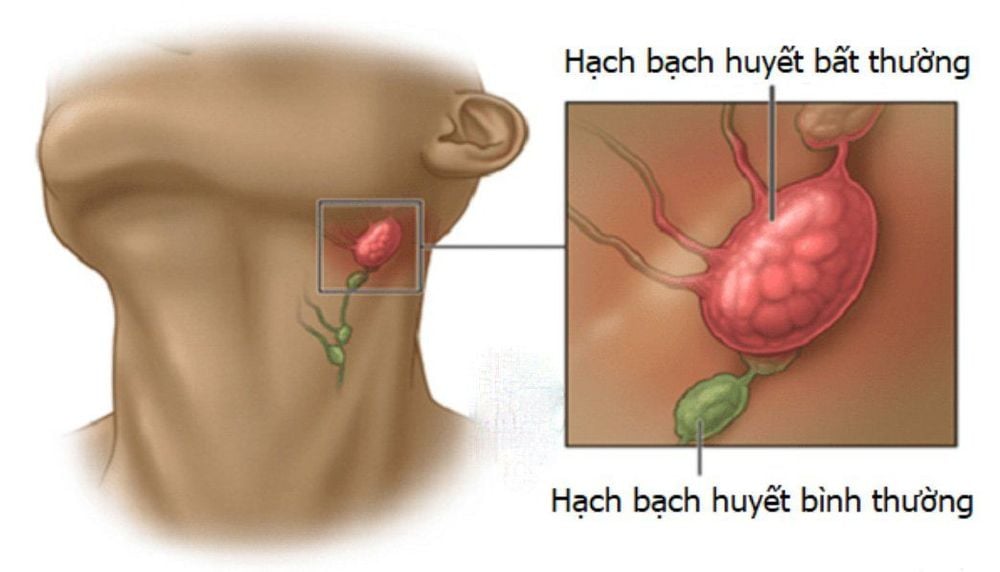
Ung thư lây lan từ các bạch huyết đến các cơ quan và các mô ở xa khu vực ung thư
At this time, there are no specific studies on survival rates for HER2-positive breast cancer. Current research on cancer survival applies to all types of breast cancer.
Long-term survival statistics are based on people diagnosed many years ago, but treatment is changing at such a rapid rate that the statistics are not up to date.
When considering the growth of cancer, doctors will analyze many factors, including:
Stage of diagnosis: If breast cancer has not spread outside or only spread to the treated area, it is too late. treatment will be favorable. In contrast, when breast cancer metastasizes, that is, the cancer has spread to more distant sites and at this time, the treatment process will be much more difficult. Size and extent of primary tumor: This shows how invasive the cancer is. Lymph node involvement. Cancer can spread from the lymph nodes to organs and tissues far away from the cancer. HR and HER2 Status: Targeted tests can be used to check for HR/HER2-positive breast cancer. Overall health: Other health problems will also be factors that can complicate treatment. Response to therapy: It is difficult to predict which specific therapies will work or produce side effects that affect treatment outcomes. Age: Younger women and those over 60 tend to have worse disease than middle-aged women, with the exception of those with stage 3 breast cancer. In the United States, it is estimated that there are more than 41,000 women. died of breast cancer in 2019.
3. Incidence of HER2 .-positive breast cancer

Ung thư vú dương tính với HER2 có nhiều khả năng ảnh hưởng đến phụ nữ trẻ tuổi
About 12% of women in the United States have developed invasive breast cancer at some point. Anyone, even men, can get HER2-positive breast cancer. However, the disease is more likely to affect younger women. Approximately 25% of breast cancer subjects are HER2-positive breast cancers.
4. HER2-positive breast cancer can come back
HER2-positive breast cancer is more invasive and more likely to come back than HER2-negative breast cancer. Relapse can happen at any time, but it usually occurs within 5 years of treatment.
The rare recurrence is largely due to the use of the latest targeted therapies. In fact, most people treated for early-stage HER2-positive breast cancer experience a relapse.
If breast cancer is also HR positive, hormone therapy can help reduce the risk of recurrence.
5. Treatments for HER2 .-positive breast cancer
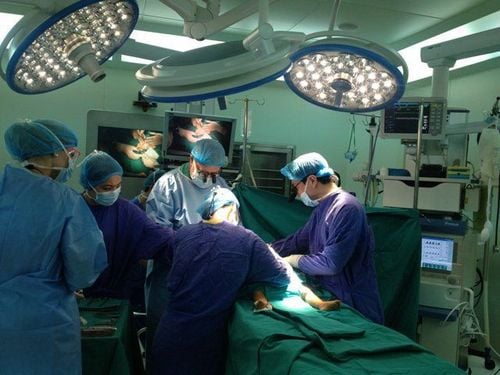
phẫu thuật cắt bỏ vú để điều trị ung thư vú dương tính với HER2
Treatment regimen may include a combination of treatment methods such as surgery, radiation therapy, chemotherapy, targeted therapy. Hormone treatments may be an option for people with cancer.
Surgery
This method will depend on the size, location and number of tumors to determine breast-conserving surgery or mastectomy and whether lymph nodes should be removed.
Radiation
Radiation therapy can target any cancer cells that are left behind after surgery. It can also be used to shrink tumors.
Chemotherapy
This is a systemic treatment. Powerful drugs can find and destroy cancer cells anywhere in the body. HER2-positive breast cancers often respond well to chemotherapy treatments.
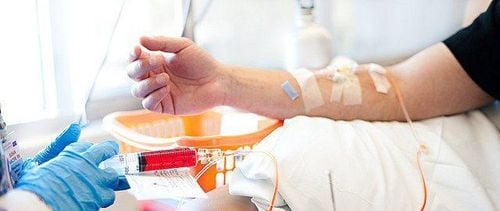
Điều trị ung thư vú dương tính với HER2 bằng phương pháp hóa trị
Targeted treatment
Targeted treatments for HER2-positive breast cancer include:
Trastuzumab (Herceptin): It will help stop cancer cells from receiving growth-promoting chemical signals. A 2014 study of more than 4,000 women found that Trastuzumab (Herceptin) significantly reduced recurrence and improved survival when added to chemotherapy in early-stage HER2-positive breast cancer. The treatment regimen consisted of paclitaxel followed by doxorubicin and cyclophosphamide. The 10-year survival rate for this regimen increased from 75.2% with chemotherapy alone to 84% with the addition of trastuzumab. At the same time, the survival rate without recurrence also improved. The 10-year disease-free survival rate increased from 62.2% to 73.7%. Ado-trastuzumab emtansine (Kadcyla): This drug combines trastuzumab with a chemotherapy drug called emtansine. Trastuzumab delivers emtansine directly to HER2-positive cancer cells. It has been shown to shrink tumors and prolong survival in women with metastatic breast cancer. Neratinib (Netlynx): This is a long-term treatment used in the early stages of HER2-positive breast cancer. It is applicable to people who have completed a treatment regimen that includes trastuzumab. The function of neratinib is to reduce the likelihood of relapse. Pertuzumab (Perjeta): It is also a drug that works like trastuzumab. However, it attaches to another part of the HER2 protein. Lapatinib (Tykerb): Lapatinib blocks proteins that cause uncontrolled cell growth. It may help delay disease progression when metastatic breast cancer becomes resistant to trastuzumab. Targeted therapies often work from outside the cell to block the chemical signals that promote tumor growth.
After treatment for breast cancer still need periodic tests to detect if there are signs of recurrence. Most side effects after treatment improve with time, but some side effects can be permanent (such as fertility problems).
Breast cancer is a common cancer in women. If breast cancer is detected late, it will be more difficult to treat the disease with early detection. Therefore, for high-risk subjects, it is necessary to screen for breast cancer early to improve the chances of cure and limit recurrence.
Currently, Vinmec International General Hospital has been implementing a breast cancer screening package for women of different ages. At Vinmec, there are all necessary medical equipment to carry out the methods of examination, diagnosis, testing, imaging, and breast cancer treatment by a team of highly qualified medical professionals. , has undergone technical training and certification, can handle quickly and efficiently. Therefore, when using Vinmec's breast cancer screening and early detection package, customers can detect cancer even when there are no symptoms.
For detailed advice on breast cancer screening packages as well as effective treatment methods at Vinmec, please come directly to Vinmec health system nationwide or register online HERE .




